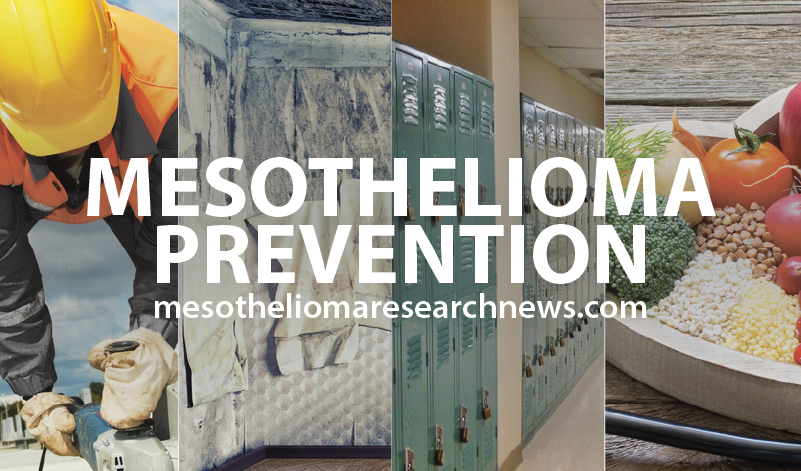Mesothelioma Prevention at the Workplace

There is still asbestos present in buildings, which is why prevention education is so important. Exposure can occur in many different settings, but the workplace is the most likely. The Occupational Safety & Health Administration (OSHA) regulated the acceptable levels of asbestos in the air at worksites in the early 1970s, requiring employers to test the air and keep asbestos levels below 0.1 fibers per cubic centimeter (f/cc) during an 8-hour work shift. In addition, employers are required to protect their workers by performing and recording air monitoring, completing regular risks evaluation, communicating asbestos hazards to the employees, using proper work practices, providing respiratory protection in the case of exceeded exposure, offering awareness training and providing medical surveillance to workers exposed to asbestos.
While employers are obliged to follow set guidelines, it is also important for employees to be aware of the risks and take preventative measures themselves. According to OSHA, workers are entitled to ask about any asbestos health risks in their workplace; never being required to cut, saw, drill, sand, scrap, or disturb materials with asbestos; always outfitted with protective gear near asbestos; being advised to not take work clothes or shoes that may be contaminated home; not sweeping, dusting or vacuuming asbestos debris; and always disposing of asbestos materials according to state and federal regulations.




